26
2013Depth of Field: Further Study {Free Beginner Photography Class}
So I consulted with my Flickr active class members and all of them concur that they’d rather learn and experiment in a spiral learning fashion than go ahead shoot in full manual mode. So I’m extending the aperture assignment for another week while we get more in depth with depth of field (overuse of the word depth intended… I couldn’t resist!).
Just a note: if you’re new to the class feel free to jump in! If you’ve been following along and sort of learning at your own pace, feel free to post on Flickr whenever you finish an assignment for valuable critique (just label your photo with the assignment so we know your end goal!). I personally can’t keep up with my own assignments between my 3 children, keeping up with house and client work, as well as writing the next post. The only perk for getting your assignment in “on time” is having the chance to have your image featured in the next week’s post. In short, jump in when you can, but don’t stress over falling behind.
Visual Depth of Field Study
Since I didn’t have time to take photographs for last week’s post, here are a visual study of depth of field.
F/22 (a closed down aperture) produces a wide depth of field where nearly everything is in focus. F/1.7 (this lens’s wide open aperture) produces a very narrow depth of field. Which depth of field do you think makes this shot more interesting?
Circle of Confusion and Depth of Field
As you can see from the above image series, when you shoot wide open you end up with a very narrow slice of focus. At f/1.7, the golden board is sharply focused and a couple of boards outside of that are focused enough to be recognizable. Outside of that focused area is what’s known as the circle of confusion.

Take a look at this image above (also shot at f/1.7). Ask yourself: where did she tell the camera to focus? Where can I stop distinguishing clearly what is in this image? Is the circle of confusion more prominent in the fore or back ground? Why? Think on it a second, and I’ll give you the “answers”.
Have you really looked at it? Half of photography, both critique and taking images, is analyzing why or where things will happen 😉
Alright here’s how I see it.
Although I focused on the circled area, the bulk of the log was roughly in focus because it’s parallel to the camera. 🙂 One of the ways you can tell where my focus point might lie is how much blur is in front and back. Since I focused here below the image midpoint, there’s less circle of confusion in the foreground rather than the background. If I had focused further up on the log, the circle of confusion in the background would have been less.
Subject Location affects Depth of Field
If you’ve completed your assignment from last week (you’ve still got time!), you might have discovered that your subject’s location in the image affects the depth of field regardless of your aperture.
If your subject is close to a the background, (say a wall or a tree) the circle of confusion will be less distinct. Your depth of field will seem wider, even though your focused area will be narrow.
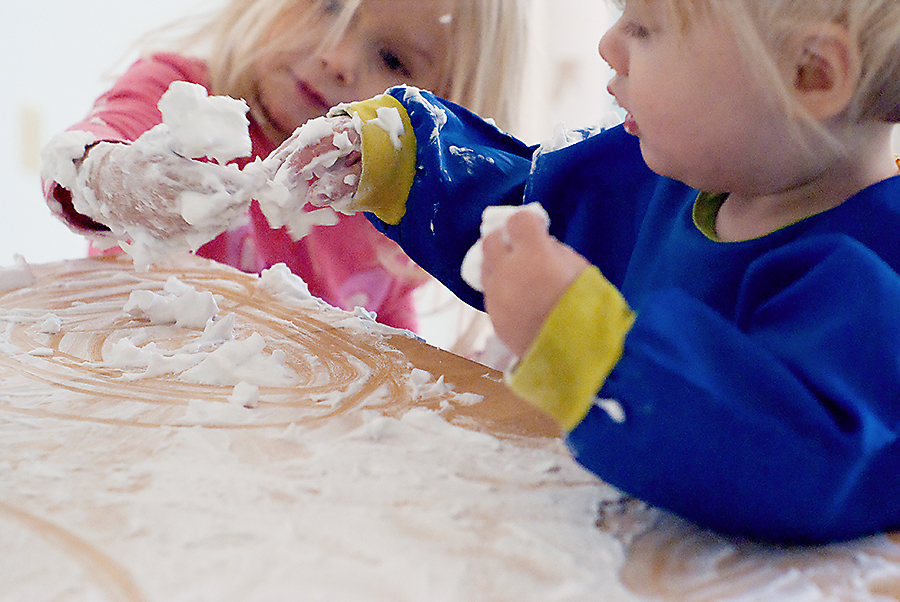
Because the girl in the background is close to her brother, she’s still recognizable.
If your subject is far from the background, the circle of confusion blur will be exaggerated. Your depth of field will seem more narrow.

Because I focused on her hands, the background (which is about 20 feet from her) is almost completely unrecognizable.
How Your Lens Affect Depth of Field
Lens focal length also affects your depth of field. I know we haven’t talked lenses yet (we will soon!), so bear with me. Flickr user Andrew Aldrich just put a few images in the group pool that just illustrate this perfectly, so the images in this section are his. 😉
When your focal length is shorter, say 15-70mm, the difference in depth of field appears less. Do you see how these two images look nearly identical despite very different apertures?
When your focal length is longer, say 85-300mm (or greater), the difference in depth of field is exaggerated. Do you see how even in the VERY closed down f/40 image that the buildings still appear pretty fuzzy? Recognizable, but still fuzzy.
Bokeh
There’s lots of talk in the photography world about bokeh. What is it? Loosely put: bokeh is a visually pleasing quality of the out of focus sections of an image. In other words, it’s entirely subjective. Bokeh is most prominent in apertures of 2.8 and wider (2, 1.4, 1.2).
The most universally pleasing bokeh occurs when a light filters through a dark background (i.e. light through leaves, Christmas tree lights, even those white rocks in my log image above).
Assignment or Not?
If you’ve completed last week’s assignment and are ready for more you can do this (simple) assignment. Otherwise skip it in favor of the experimentation of last weeks assignment.
I want you to take 5-7 photographs and intentionally choose your aperture based on the depth of field you think will make the image look best. Write one sentence for each image explaining why you chose that aperture/depth of field and post it over in the Flickr Group.
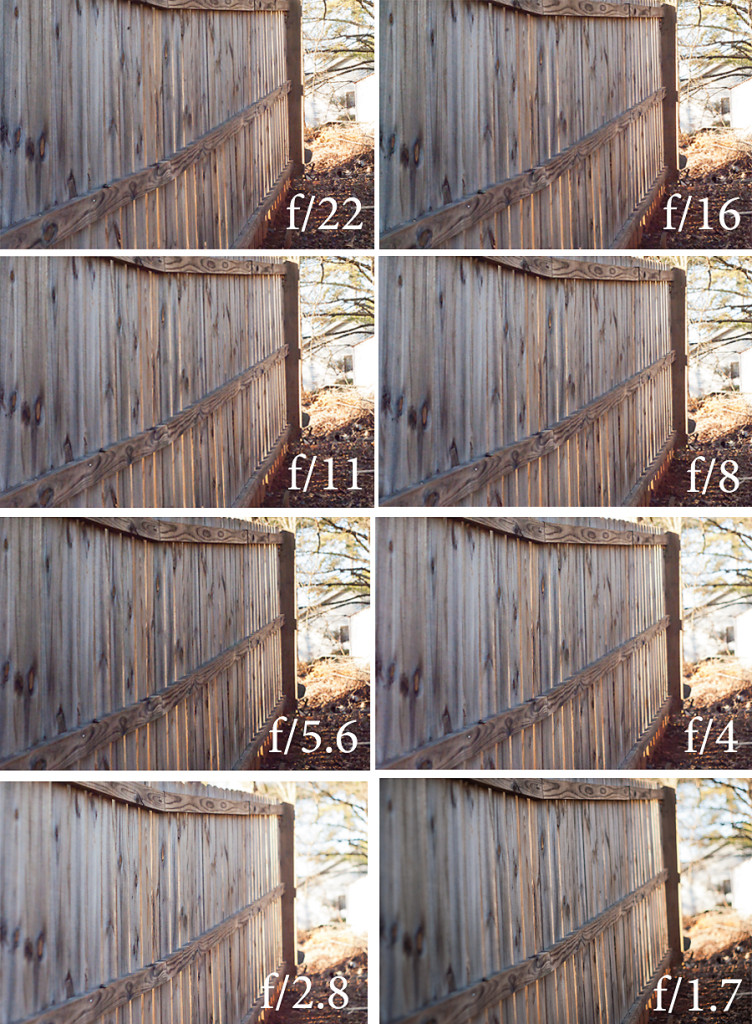
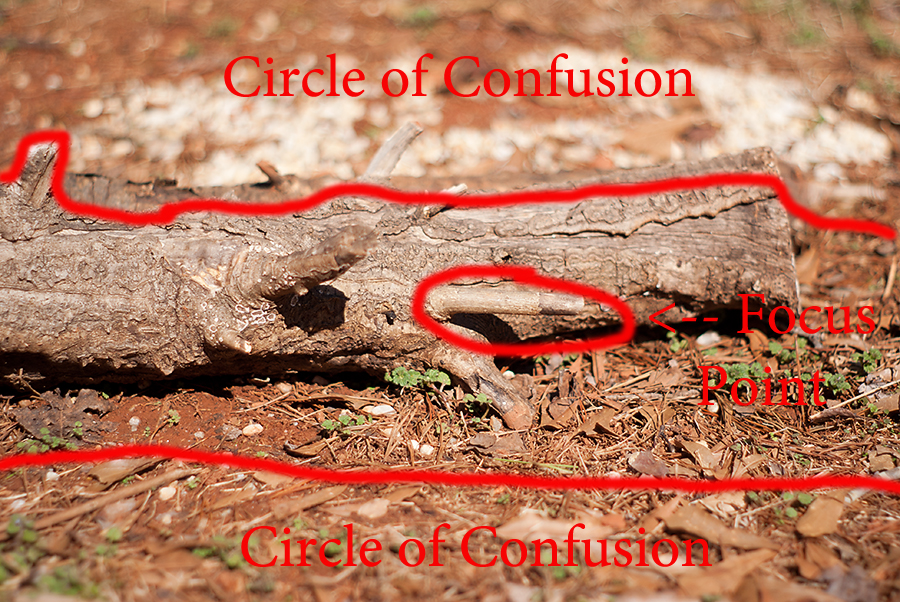
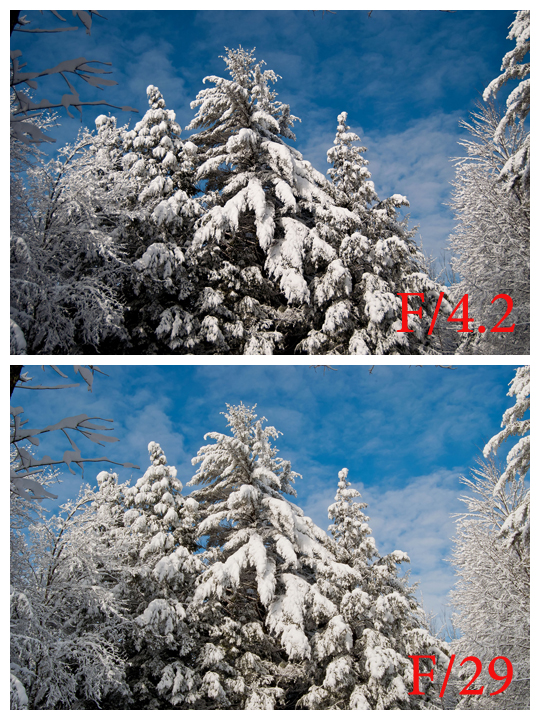
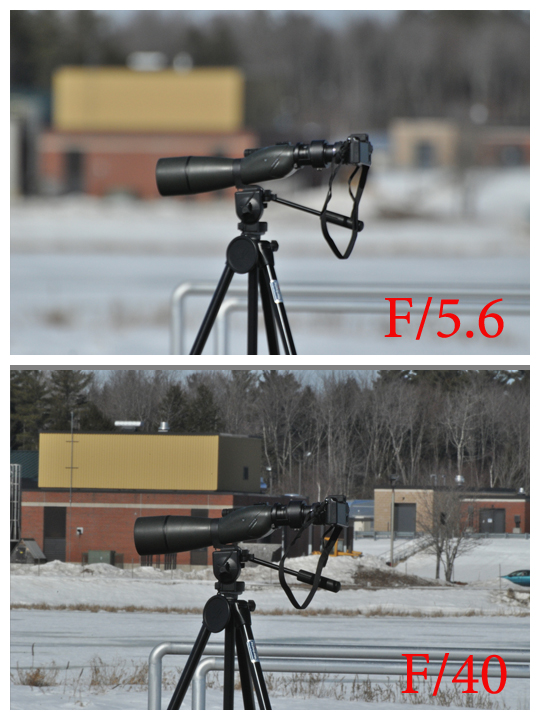
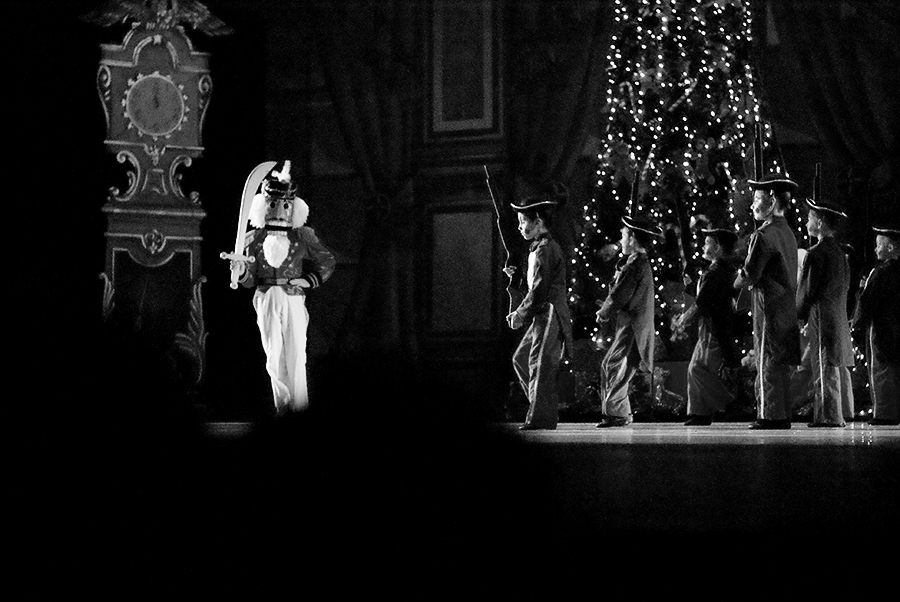


Camera Light Meters and Metering Modes {Free Beginner Photography Class} @ Beautiful Newborn and Lifestyle Portraits by Quiet Graces PhotographyBeautiful Newborn and Lifestyle Portraits by Quiet Graces Photography
[…] (like how distance from a subject and lens focal length) that affect depth of field. We discussed depth of field last week in detail so by now you probably have a feeling why these specific assignments affected […]